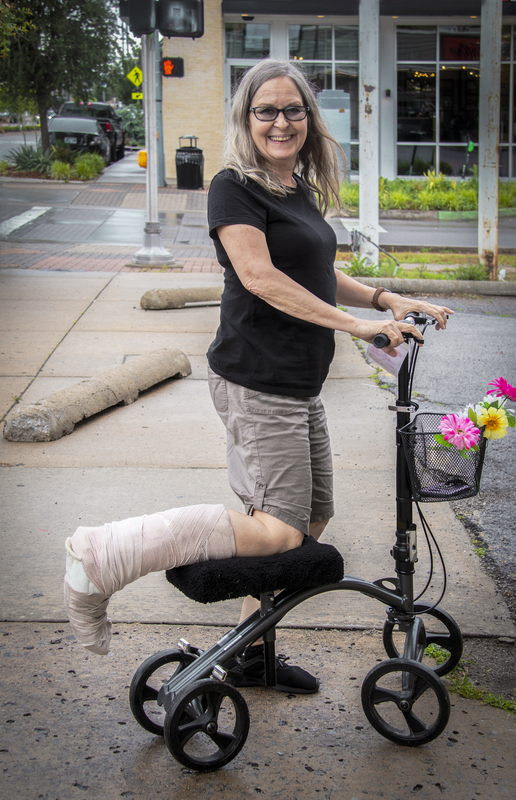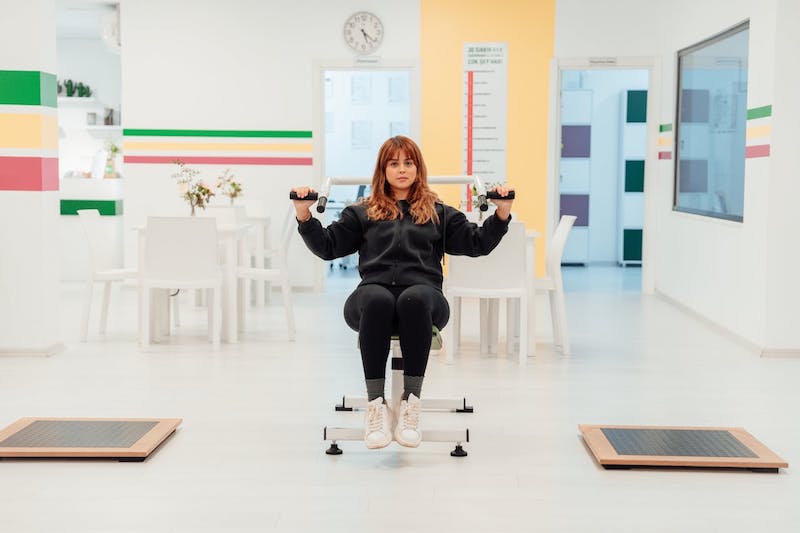Regaining mobility following an injury is essential for going back to your regular activities and keeping your general health. Your everyday life and general well-being can be adversely affected by injuries that severely limit your range of motion. Regaining mobility, whether from a minor sprain or a more serious injury, is a long process that calls for perseverance, consistency, and the appropriate methodology. This guide provides important methods to help you increase your range of motion, including seeing a doctor, doing exercises, and using mobility aids.
Consult a Healthcare Professional
Speak with a healthcare provider before starting any mobility recovery program. A physician or physical therapist can evaluate your injuries and offer tailored guidance. They can suggest safe and efficient exercises and treatments because they are aware of the particulars of your injury. This advice is essential since improper exercise selection or overexertion might result in problems or re-injury. If necessary, your healthcare provider might also recommend imaging tests or make a specialist referral for you. You can make sure that your recovery plan is customized to your specific requirements and that you are well-positioned for a successful return to full mobility by adhering to their advice.
Start with Gentle Exercises
Gentle workouts should be the first step in your recovery after consulting a healthcare provider. To progressively restore mobility without inflicting further injury, these movements are essential. Simple stretching techniques and mobility training can help reduce stiffness and enhance circulation in the damaged area. Exercises that increase the range of motion are also advantageous because they keep joints flexible and stop scar tissue from forming. Another great low-impact exercise that increases mobility and gives you back confidence in your movements is walking. Always start slowly and build up your intensity over time. The idea is to reestablish mobility in your body without overworking the affected area. Maintaining a regular schedule of performing these exercises will help you experience a gradual increase in your mobility.

Strengthening Muscles
Improving mobility and avoiding further injuries require strengthening the muscles surrounding your injury. Exercises aimed at the muscle groups supporting the injured area should be your main focus. For instance, strengthen your hamstrings, calf, and quadriceps if you have a knee injury. Begin with low-resistance workouts, such as bodyweight movements like lunges and squats or the use of resistance bands. Gradually increase the resistance or incorporate little weights into your exercise regimen as you advance. By making these muscles stronger, you’ll improve general stability, lessen joint tension, and give the afflicted area better support. Avoid pushing through pain, and always pay attention to your body.
Incorporate Flexibility Training
Regaining your complete range of motion following an accident requires flexibility, which is a crucial part of mobility recovery. Your program will function better when you include flexibility exercises to release tight muscles and enhance joint function. Target the damaged area with gentle stretches at first, holding each pose for at least 20 to 30 seconds. Since yoga and pilates incorporate stretches with strength and balance training, they are great choices for increasing flexibility. A subsequent injury could result from overstretching, so be careful to move slowly and deliberately. Regular flexibility exercises will improve your range of motion, lessen your pain, and keep you from becoming stiff.

Use Mobility Aids
Mobility aids can help you recover by giving you stability and support as you build back your strength and self-assurance. Your doctor may advise crutches, a cane, or a brace, depending on your injuries. With the use of these tools, you can lessen the strain and weight on the damaged area and promote healing while preserving some degree of mobility. It’s critical to utilize these gadgets appropriately to prevent causing additional problems, such as bad posture or muscle imbalances. Work with your healthcare provider to progressively minimize your dependency on these aids as your mobility improves. This weaning process is crucial for rebuilding strength and ensuring a smooth transition back to full mobility.
Conclusion
Following an injury, increasing mobility requires patience, commitment, and the appropriate strategy. You can put yourself on the road to a full recovery by speaking with medical professionals, strengthening your muscles, beginning with mild workouts, and adding flexibility training. You can get the assistance you require during the recovery process by using mobility aids. Recovering is a slow process, so it’s important to stick to your strategy if you want the best outcomes. You can regain your mobility and go back to your regular activities with strength and confidence if you are patient and persistent.
